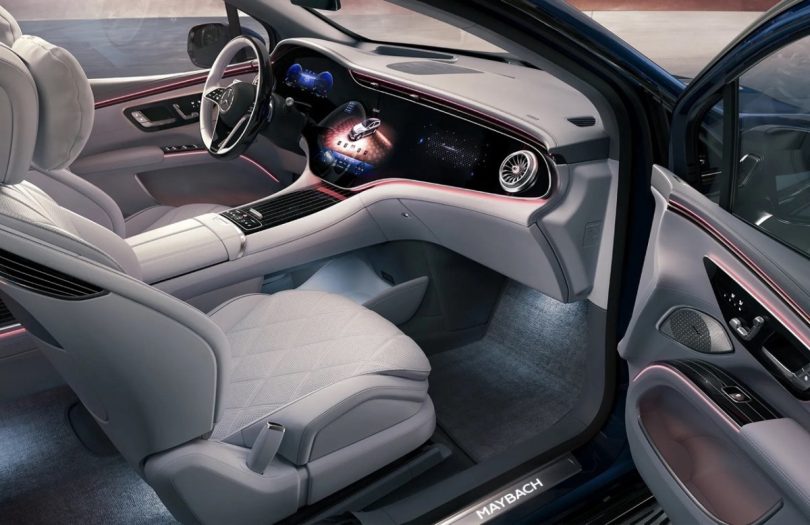In the ever-evolving landscape of automotive technology, manufacturers continuously strive to enhance the in-car experience with innovative features. However, recent studies suggest that not all advancements are welcomed by consumers. Specifically, touchscreen and gesture control systems designed for passengers have been deemed largely unnecessary and even irritating by many users.
The Study
A comprehensive study conducted by J.D. Power, a leader in consumer product surveys and market data, sheds light on this issue. The 2024 U.S. Tech Experience Index (TXI) Study surveyed over 81,000 buyers of 2024 model-year vehicles, focusing on their user experience with new car technologies. The participants, who had owned their vehicles for at least 90 days, provided insights into which features they found essential, nice-to-have, or unnecessary.
Findings on Passenger Touchscreens
One of the key findings of the study is the general disinterest in front passenger touchscreens. According to the data, only 10% of drivers travel with a front passenger on a daily basis, rendering these screens largely unused. Additionally, new car buyers often find it challenging to learn and operate the main infotainment screen and the digital driver information panel. Adding another screen for the passenger only complicates the user experience without offering significant benefits.
Gesture Control: A Gimmick?
Gesture control technology, which allows users to interact with the car’s systems through hand movements, also received negative feedback. The study revealed that 21% of new car owners found gesture control to lack functionality, and it was often seen as more trouble than it was worth. With 43.4 reported problems per 100 vehicles, gesture control systems were labeled as irritants rather than useful innovations.
Consumer Preferences
While passenger touchscreens and gesture controls were criticized, the study did highlight some in-car technologies that received positive feedback. AI-based features like smart climate control and driver preferences were well-received, as were safety technologies such as blind-spot monitoring and rearview cameras. These features address specific needs and enhance the driving experience, making them valuable additions to modern vehicles.
Conclusion
The findings from the J.D. Power study suggest that not all technological advancements in the automotive industry are embraced by consumers. Touchscreen and gesture control systems for passengers, in particular, have been deemed unnecessary and even bothersome by many users. As automakers continue to innovate, it is crucial to focus on features that genuinely enhance the user experience and address real needs, rather than adding gimmicky technologies that offer little practical value.


